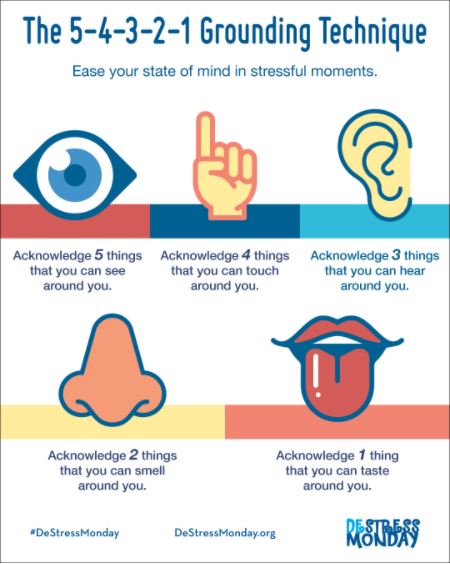Embracing the ‘Radical’ in Radical Acceptance
Engaging in assertive communication can help us inject a sense of strength into our relationships.

Credits: Mashable
Feb.28, 2022
There are several moments in life where we can sense a loss of control: of people, of events, of circumstances. We often tend to prolong our anguish in moments like these by attempting to “fix” or “solve” the puzzle before us.
True to our nature as human beings, we are bound to take what we see and try to make it better, as long as we believe we can. Additionally, we have historical evidence that encourages this behavioural choice. Years of evolution and invention have convinced us (and rightly so, more often) that when we put our minds to something, no matter how challenging it may be, we can produce novel, often sustainable solutions.
This inherent tendency is also supported by the demands of the corporate lifestyle we’ve adopted. We’ve grown up believing that the more we endeavour to change or improve our circumstances, the more likely we are to be rewarded. So deeply caught are we in this spiral that effort itself, has come to equal reward.

Credits: DNA India
While this is a driven and gratifying approach to making the most of our circumstances, there are certain situations that simply cannot be fixed or manipulated, no matter how motivated we may be to improve them.
What we can improve, however, is our relationship with them. Sometimes, the first step in that direction is to accept them as they are.
Sounds radical, doesn’t it? Rightly so.
Going to the root of the event and tracing how it unfolded will help you identify elements that you contributed to, and more importantly, bring to light the elements that were entirely beyond your power. The clearer these elements become to you, the further your acceptance of the event will be accelerated. Remember, radical acceptance is an active task. Letting go of rumination demands your effort too!
When the rumination does get out of hand, remember to bring yourself back to your immediate surroundings. Use the 5-4-3-2-1 technique that requires you to identify five things you can see, acknowledge four things you can touch, recognize three things you can hear, detect two things you can smell, and find one thing you can taste, at that very moment. This helps you ground yourself in the present, and contributes to untangling your thoughts.

Credits: Mondaycampaigns
Make a Proactive Plan
Author: Samreen Chhabra works as a Senior Research Fellow at Jindal Institute of Behavioural Sciences
